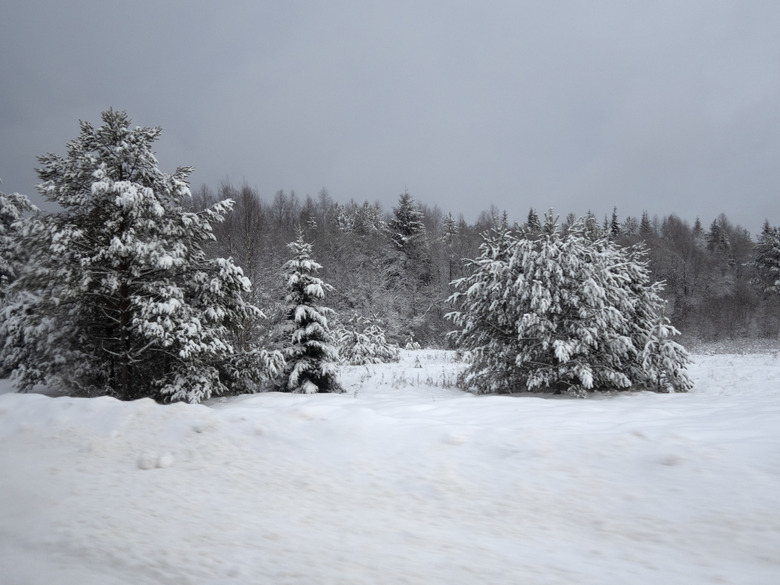What Major Landforms Are In The Biome Taiga?
The taiga biome stretches across North America and Eurasia and includes large parts of Alaska, Canada, Russia and Scandinavia. Taiga is a Russian word that refers to a forest. The area also is called the boreal forest, and it lies just below the tundra biome. Temperatures are either very cold or warm and humid with sharp winters and stifling summers but little if any fall or spring. Plants and animals have adapted well to the harsh conditions.
Climate
Climate
Winter temperatures in the taiga biome generally range between minus 65 degrees and 30 degrees Fahrenheit. Much of the land is covered in permafrost and the biome only receives about 50 to 100 frost-free days each year. Around 15 to 20 inches of precipitation falls in the taiga annually, but there is little evaporation so days are often humid. Summertime temperatures typically range from 20 degrees to about 70 degrees Fahrenheit, but temperatures can swing wildly. According to Radford University, "Verkhoyansk, Russia, has recorded extremes of minus 90 ° F and plus 90 ° F."
High Plains
High Plains
Retreating glaciers from the last ice age smoothed much of the taiga land mass. High plains cover most of the area with some mountain ranges dotted throughout. Much of the land is swampy as the ground tends to retain water from precipitation. Sphagnum moss grows thick over old ponds and depressions, forming bogs. As glaciers receded, they also carved a plethora of lakes, rivers and streams into the vast open stretches that cover most of the taiga biome.
Flora
Flora
Tall conifers, such as Douglas fir, pine, white spruce and hemlock, grow abundantly in the biome's thick forests. Deciduous trees are not found except for the transitional areas along the southern edge of the biome, where the taiga gives way to grasslands. The conifers have adapted to the region's cold climate by growing long, dark-green needles to take full advantage of the short growing season when trees can produce food through photosynthesis. Lichens and mosses carpet the forest floor and scrubby bushes root in windswept, open ranges.
Fauna
Fauna
Insects are thick in the humid, warm summer season and carnivorous birds, such as warblers, migrate to the taiga to nest and feed. Seed-eaters, like finches and sparrows, stay year-round unless food supplies diminish and they are forced south in search of seeds. Omnivores, like crows and ravens, are also year-round taiga dwellers. Lynx, wolverines and bobcats are predators that seek the snowshoe rabbits, red squirrels and voles populating the biome. In the deciduous forest areas, deer, moose and elk wander among aspens, birch and alder trees.
Cite This Article
MLA
Korpella, Robert. "What Major Landforms Are In The Biome Taiga?" sciencing.com, https://www.sciencing.com/major-landforms-biome-taiga-8245314/. 22 November 2019.
APA
Korpella, Robert. (2019, November 22). What Major Landforms Are In The Biome Taiga?. sciencing.com. Retrieved from https://www.sciencing.com/major-landforms-biome-taiga-8245314/
Chicago
Korpella, Robert. What Major Landforms Are In The Biome Taiga? last modified August 30, 2022. https://www.sciencing.com/major-landforms-biome-taiga-8245314/
